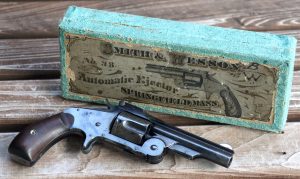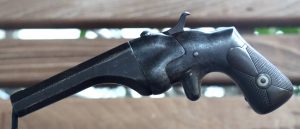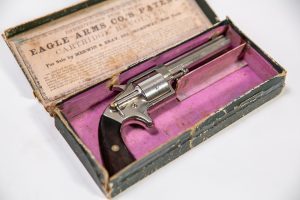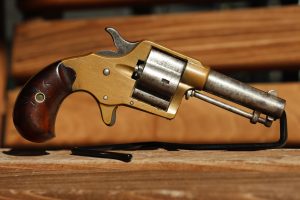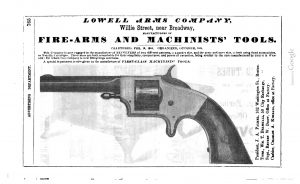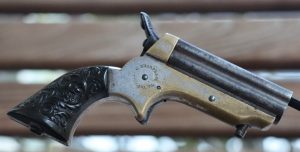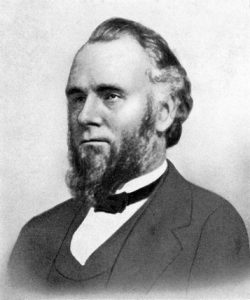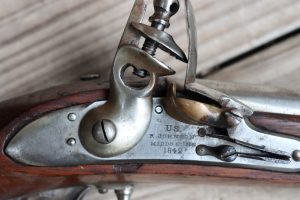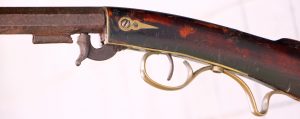
The Elusive Glock 17R
A few years ago I did a blog post titled “Glock 17R: The Mysterious Non-Firing Glock,” which I wrote on a whim. Somehow it became the most trafficked page on my site, which was amusing because the post wasn’t all that good. The post did help me realize what an absolute dearth of information there is out there about the Glock 17R. I decided that a new and revised post was needed—and that’s exactly what you see here. Not only will I break the 17R down in silly technical detail, but I’ll do it side-by-side with a regular Generation 3 Glock 17. This will hopefully sate any questions you have about the 17R.

